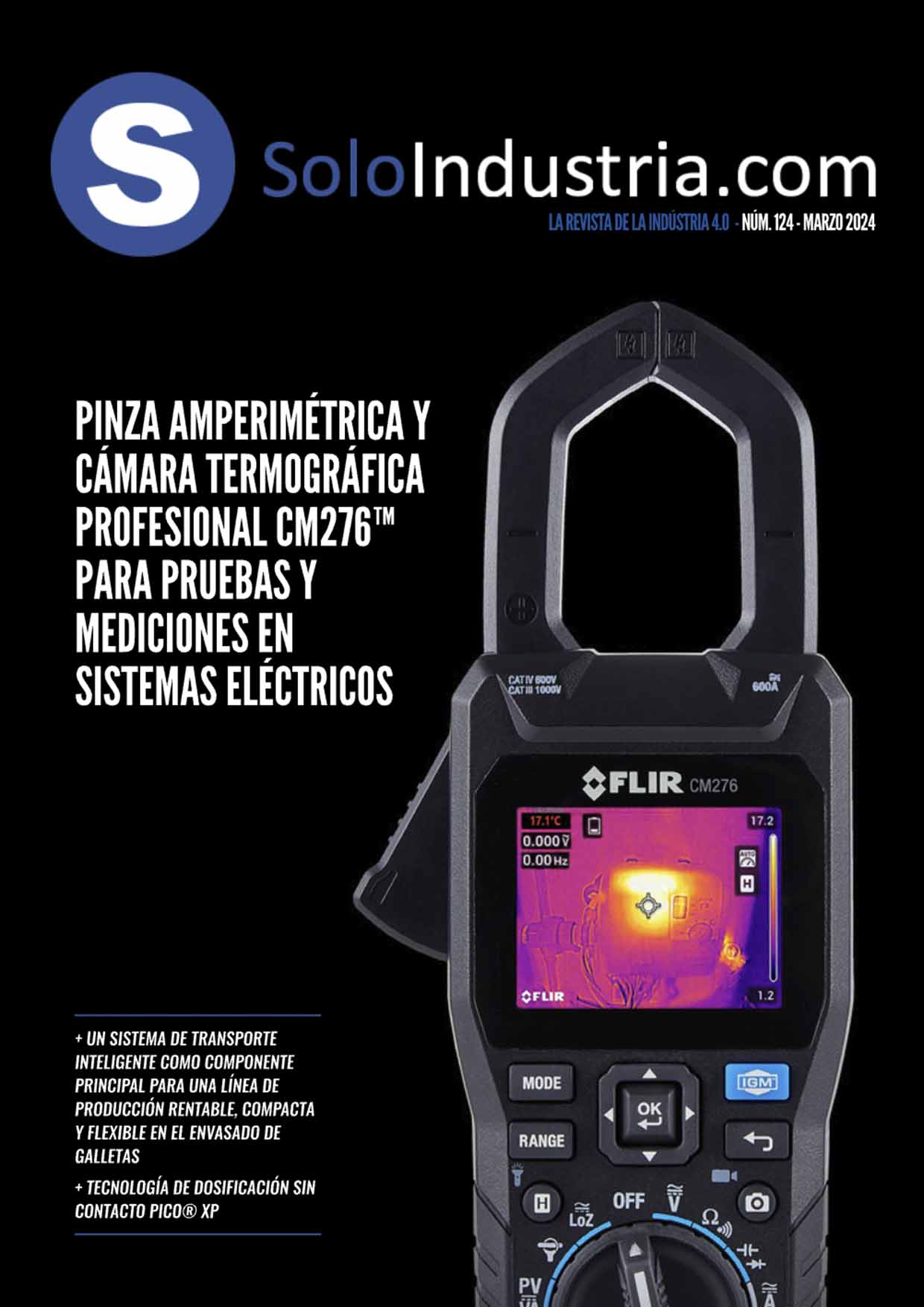Companies in the food and beverage industry are grappling with a number of challenges that can prevent them from thriving in today’s marketplace. However, there are real opportunities for these manufacturers to optimise and improve their operations using data science. Malte Schlüter, Global Director for Food & Beverage and Consumer Packaged Goods (CPG) – Factory Automation at Mitsubishi Electric Europe, explores how during his exclusive videocast interview ‘Food and Beverage industry: Can cocoa be smart?’
Across the food and beverage value chain, businesses are encountering a number of obstacles that are holding back the potential for increased profitability, efficiency, throughput and, ultimately competitiveness. This is driving producers and packaging experts to look for technologies to help optimise product quality, uptime, productivity, costs, resource utilisation and environmental footprint.
These aspects can all be enhanced with the adoption of value-adding solutions based on data-driven digital technologies, according to leading expert Malte Schlüter. For example, it is possible to streamline and improve the results of product and packaging inspections using innovative vision systems that identify anomalies and remove defective or off-spec materials. These combine high-resolution, high-speed cameras, artificial intelligence (AI) image analysis platforms and automated machines, such as industrial robots. An additional benefit of these setups is the ability to continuously improve their detection performance over time, thanks to the data-led refinement of the models used.






















